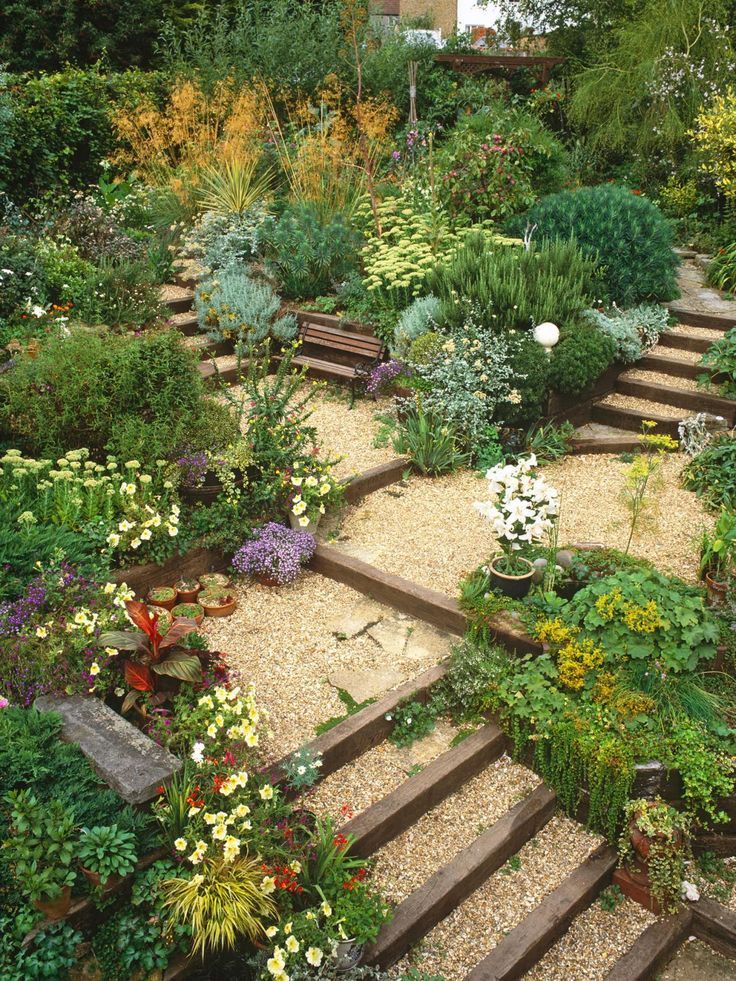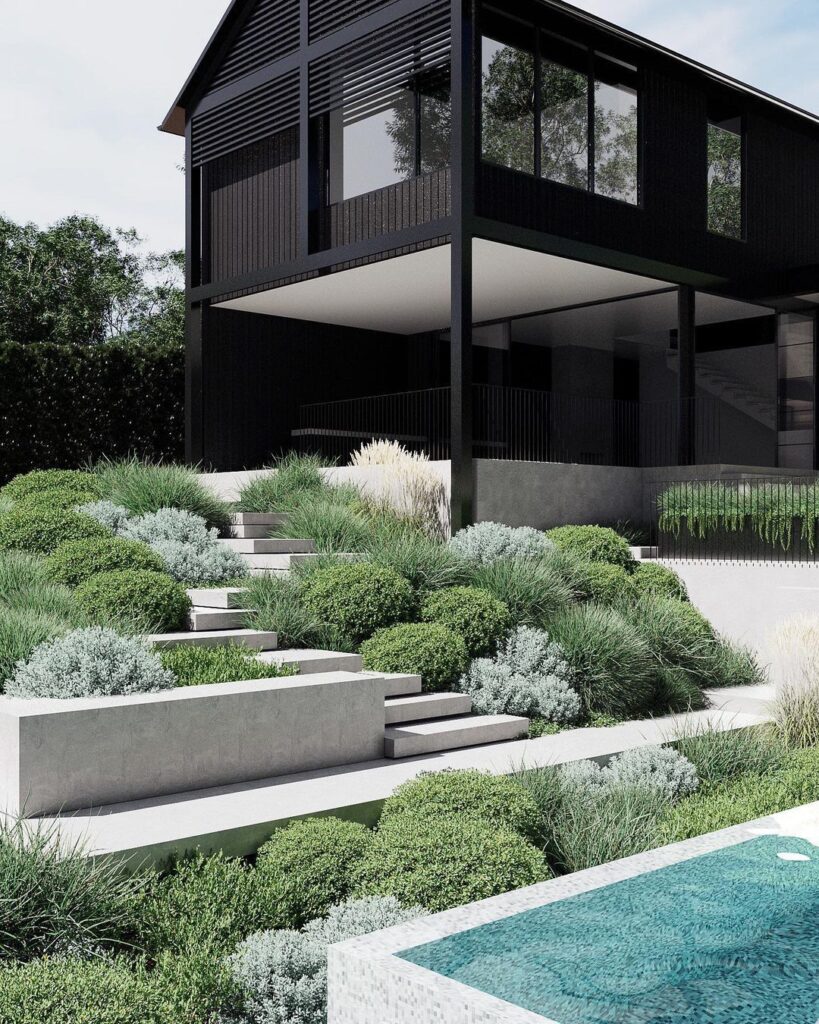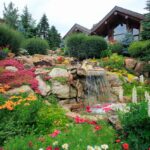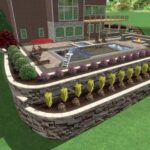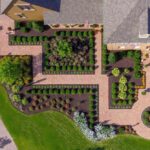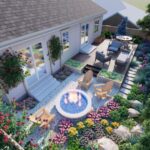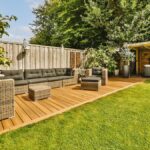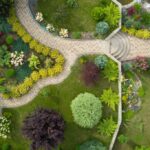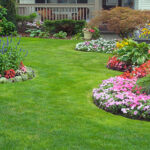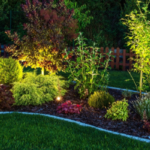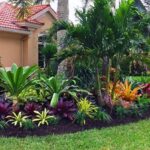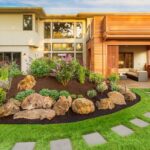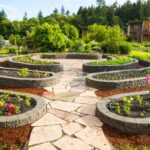When it comes to designing outdoor spaces, landscape design plays a crucial role in creating a visually appealing and functional environment. A well-designed landscape can enhance the curb appeal of a property, provide a peaceful retreat for relaxation, and even increase property value. There are several key elements to consider when planning a landscape design, including the layout, plant selection, hardscape features, and overall theme.
One of the first steps in landscape design is determining the layout of the outdoor space. This involves considering the size and shape of the area, as well as any existing features such as trees, shrubs, or structures. The layout should be functional and efficient, with different areas designated for specific purposes such as dining, lounging, or gardening. Proper planning and organization can help create a cohesive and well-balanced design that flows seamlessly from one area to the next.
Plant selection is another important aspect of landscape design. The choice of plants can greatly impact the overall look and feel of the outdoor space. Factors to consider when selecting plants include the climate, soil conditions, and maintenance requirements. A well-chosen mix of trees, shrubs, flowers, and foliage can add color, texture, and interest to the landscape. It’s also important to consider the scale and proportion of plants in relation to the surrounding environment.
Hardscape features such as patios, walkways, retaining walls, and water features can add structure and functionality to a landscape design. These elements can help define different areas of the outdoor space and create visual interest. Materials such as wood, stone, brick, and concrete can be used to create a variety of hardscape features that complement the overall design. Careful consideration should be given to the placement and design of these features to ensure they enhance the landscape without overpowering it.
The overall theme of a landscape design can help tie together different elements and create a cohesive look. Whether it’s a formal garden, a tropical paradise, or a minimalist retreat, the theme should reflect the homeowner’s personal style and preferences. The use of color, texture, and pattern can help reinforce the chosen theme and create a harmonious outdoor environment. It’s important to stay true to the theme throughout the design process to ensure a consistent and unified look.
In conclusion, landscape design is a critical aspect of creating a beautiful and functional outdoor space. By carefully considering the layout, plant selection, hardscape features, and overall theme, homeowners can create a landscape that enhances their property and provides a welcoming environment for relaxation and enjoyment. With proper planning and attention to detail, a well-designed landscape can transform an ordinary backyard into a stunning outdoor retreat.
